The average conversion rate during Black Friday is 4.3%, almost double the yearly eCommerce average of 2.5%. That surge proves how powerful this weekend can be for Australian brands that plan ahead and execute with focus.
You need a strategy, and it starts with your Black Friday landing page. This page isn’t just another part of your website; it’s the heart of your campaign, where all your marketing efforts come together to turn browsers into buyers.
During peak sale periods, shoppers move fast. They compare prices, skim pages, and make snap decisions. A well-designed landing page helps you cut through the noise by showing customers exactly what they came for: your best deals, without distractions.
Your page is designed for one purpose: turning seasonal traffic into fast conversions. It builds excitement, highlights key offers, and makes it effortless for shoppers to take action.
In this article, you’ll find ideas that drive urgency and sales, with real examples from Australian eCommerce brands. You’ll learn what to include, how to structure your page, and how to design for higher conversions so you can turn your Black Friday traffic into your most profitable weekend of the year.
Why every Australian eCommerce brand should have a well-designed Black Friday landing page:
- It keeps things simple. Fewer clicks, clearer navigation, and faster load times mean fewer abandoned carts.
- It’s SEO-friendly. A targeted page with the right keywords helps attract shoppers searching for Black Friday deals.
- It unifies your marketing. Whether from ads, emails, or social media, all traffic leads to one destination built to convert.
- It drives action. Bold headlines, clear calls to action (CTAs), and urgency cues give shoppers a reason to buy now.
- It strengthens your brand. A cohesive, visually aligned landing page makes your sale feel intentional and professional.
Idea #1: Create a sense of urgency with countdowns and timers
If there’s one emotion that drives shoppers to click “Buy Now,” it’s urgency. During the Black Friday and Cyber Monday rush, when every brand is fighting for attention, a little time pressure can make all the difference.
A countdown timer or “ends soon” banner adds momentum and reminds shoppers that your deals won’t last forever. It also encourages them to act before drifting off to compare prices elsewhere.
How to do it well
- Use real-time countdowns to show when your sale or offer ends. Keep it visible, for example, in a sticky banner or header.
- Pair urgency with clarity. Use short, bold messages like “Ends in 12 hours” or “Final day to save 30%.”
- Limit quantities or access. For early-access or VIP-only offers, phrases like “Early VIP access” or “Exclusive access ends soon” boost conversions without feeling pushy.
- Stay authentic. Don’t use fake timers that reset; shoppers notice. Use urgency to build trust, not manipulate it.
PRO TIP: Balance urgency with ease. A timer creates tension, but your design should make the next step effortless. Keep your “Shop Now” or “See All Deals” button visible near your countdown so customers can act immediately.

Target Australia builds excitement through its Black Friday marketing campaign, featuring a countdown letting shoppers know exactly when sales go live.

Snap Wireless keeps urgency top of mind with a sticky countdown banner offering free shipping during the Black Friday sales.
Idea #2: Keep your hero section clear, bold, and mobile-friendly
Your hero section is the first thing shoppers see, and often the only thing they notice before deciding whether to stay or leave. During the holiday shopping season, attention spans are short, so your hero needs to show what’s on sale, build excitement, and drive action fast.
A cluttered hero section with too many messages or visuals can overwhelm visitors. Instead, aim for clarity and focus. Use one strong headline, a simple supporting message, and a bold Call-to-action (CTA) that leads directly to your offers.
How to do it well
- Make your headline clear and bold. Communicate what’s on offer, such as “30% Off Everything” or “Early Access Starts Now.”
- Keep your copy short. One line for your sale and one supporting line is enough.
- Use a strong hero image. Choose lifestyle or product photos that align with your brand and evoke excitement, not clutter.
- Add a clear CTA. Buttons like “Shop the Sale” or “See All Deals” should stand out and appear above the fold.
- Design for mobile first. Ensure your text and CTAs remain readable and clickable on smaller screens.
PRO TIP: Your hero section should load fast and feel effortless to navigate. Optimise images and test on mobile well before launch. Even a few seconds of delay can cost valuable sales during high-traffic events like the Black Friday and Cyber Monday weekend.

Adore Beauty combines a bold sale headline with smart supporting sections like Gifts under $100 and Gifts under $50. Because Black Friday falls just weeks before Christmas, this approach is especially clever, helping shoppers find presents early while making the most of the sale. And yes, the page is fully mobile friendly.

The Good Guys’ Black Friday hero section nails clarity: a simple headline, bold product categories, and clear savings across desktop and mobile make shopping effortless.
Idea #3: Segment your offers for different audiences
Not every shopper lands on your Black Friday page looking for the same thing. Some know exactly what they want; others are browsing for inspiration or gifts. The best pages make it easy for both by organising deals into clear, shoppable sections.
Instead of overwhelming visitors with one massive list of products, segment your offers by category, audience, or price range. This helps shoppers find what matters to them faster and increases your conversion rate.
How to do it well
- Group deals by category. Use blocks like “Electronics,” and “Home & Kitchen,” or “Men’s” and “Women’s” to help shoppers find what interests them.
- Highlight popular price ranges. Create sections such as “Under $50” or “Best Deals Over $200.” These are especially effective for gift shoppers.
- Tailor messaging to audiences. If you sell to both retail and trade customers, or offer products for men, women, and kids, make those distinctions clear.
- Use visual cues to guide shoppers. Colour, spacing, and clear imagery help separate offers and make your page easy to browse without feeling overwhelming.
PRO TIP: Use data from past Black Friday reports to identify which categories or price ranges convert best and prioritise them on your landing page.

JB Hi-Fi does a great job categorising Black Friday deals by product type, such as TVs and Smart Home collections. However, the uniform black tiles and heavy discount graphics can feel visually overwhelming, making it harder for shoppers to navigate and spot standout offers quickly.
![]()
The Iconic’s Black Friday landing page nails visual appeal with strong product imagery and clear categories for Women’s, Men’s, and Kids’. However, while the layout and colours look professional, the main message: ‘Bag It Up, Get It Fast’ doesn’t highlight the deals, which are what shoppers care about most throughout the holiday sales period.

Supercheap Auto’s Black Friday landing page gets the fundamentals right: a bold headline, well-segmented deal categories, and strong product imagery that make it easy for shoppers to browse and buy quickly.
Idea #4: Build trust on your Black Friday landing page with social proof and reassurance
With so many deals competing for attention, trust becomes one of your biggest conversion drivers. Many stores already display social proof and trust signals, but this is about how to use them strategically on your Black Friday landing page, where they’ll have the most impact.
You don’t need every badge or guarantee, just the right trust signals in the right places to reassure shoppers before they even reach checkout.
How to do it well
- Show customer reviews or ratings near featured deals. Add snippets or star ratings beside popular items or sections like “Top Picks.”
- Highlight brand partnerships or logos. If you stock well-known brands or are an authorised retailer, include their logos to reinforce credibility.
- Add social proof banners. Phrases like “Trusted by 50,000 Aussie shoppers” or “4.8★ average rating” give reassurance at a glance.
- Be upfront about delivery and returns. During peak season, let shoppers know about possible delays to set expectations and prevent disappointment.

Rushfaster keeps its trust signals front and centre showcasing its 4.9★ Google reviews and brand promise (“Always above & beyond service”) above its Black Friday offers. This reinforces reliability before shoppers even start browsing deals.

Temple & Webster prioritises its Black Friday promotions while still reinforcing trust with customer ratings and “Why shop with us” highlights. It’s a great example of balancing urgency with reassurance.
Bonus tip: What to do with your Black Friday landing page after the sale
Once the sale ends, don’t remove your Black Friday landing page, repurpose it. Turn it into a long-term asset for traffic, SEO, and lead generation.
How to make the most of it
- Capture new subscribers. Add a message like “Black Friday is over, but the best deals are yet to come | Sign up to be first to know next time.”
- Share your story. Thank your customers, highlight your brand’s values, or recap your Black Friday event.
- Keep it SEO-friendly. Don’t delete the page. Optimise it with evergreen keywords like “Black Friday deals Australia” or “upcoming Black Friday sales” so it ranks early next year.
- Redirect with intent. Send visitors to your Christmas collections or ongoing promotions.
- Build anticipation. Add a countdown or sign-up form for next year’s event.
Brands like JB Hi-Fi and Culture Kings keep their Black Friday landing pages live year-round as part of their marketing strategy. The sale page is updated with pre-sale messaging like “Black Friday is coming," which is a smart way to maintain SEO traction and audience engagement.

Culture Kings turns its dedicated Black Friday marketing page into a lead-generation tool, inviting shoppers to sign up for early access to next year’s event. This approach keeps the page useful all year building anticipation and collecting emails long before the sale begins.

JB Hi-Fi keeps its Black Friday page live between sale seasons, using countdowns, helpful FAQs, and detailed deal previews to attract organic traffic and maintain SEO visibility year-round.
Mistakes to avoid
Even the best Black Friday campaigns can fall short if your landing page misses the mark. Avoid these common pitfalls:
- Relying only on a homepage banner. It gets buried fast and lacks focus. A dedicated landing page gives your campaign the visibility it needs.
- Cluttered or inconsistent design. Too many colours or competing graphics can overwhelm shoppers. Keep it clean and consistent.
- Hidden CTAs or unclear copy. Don’t make visitors hunt for your deals. Keep calls to action visible and benefit-focused, like “Shop 40% Off Now.”
- Skipping mobile testing. In Australia, most Black Friday traffic comes from mobile. Ensure buttons are tappable and pages load quickly.
- Forgetting campaign alignment. Match your page with your emails, SMS, and ads for consistent messaging.
Conclusion
A well-designed Black Friday landing page should be the engine that turns seasonal traffic into real sales during one of the most competitive times of the year.
When done right, it connects every part of your campaign, from ads and emails to social media and SMS, giving shoppers a seamless path from discovery to checkout. Keep your layout focused, your message clear, and your trust signals visible where they matter most.
Focus on what moves the needle. A simple countdown, bold headline, clear segmentation, and genuine social proof can make a big difference when every click counts.
And when the sale wraps up, don’t hit delete. Repurpose your landing page to collect emails, share brand stories, and boost SEO for next year’s event.
Need help building a high-converting Black Friday page or getting your website ready for the biggest sales event of the year? Contact us now, we’d love to help your brand make the most of this season and set you up for success well beyond Black Friday.
Black Friday landing page FAQ
What’s the main difference between a homepage and a dedicated Black Friday page?
Your homepage covers everything about your brand while a Black Friday landing page has one goal: driving conversions during the sale. It strips away distractions, focuses on your best offers, and guides shoppers to take action quickly.
When should I start preparing my Black Friday campaign page?
Ideally, you should start planning 6–8 weeks before the event. That gives you time to design, write copy, optimise for SEO, and test on both desktop and mobile. If you’re short on time, even a focused one-page layout with clear offers and countdowns can make a big impact.
What should I include on my seasonal sale landing page?
Start with a bold hero section, clear messaging, and a strong Call-to-action (CTA). Then add deal categories, trust signals, and urgency elements like countdowns or limited stock banners. Make sure it looks clean, loads fast, and feels consistent with your brand.
How can I make my landing page stand out when every brand is running a sale?
Clarity beats chaos. Use bold visuals, short copy, and genuine trust elements to stand out. Highlight your unique selling points like local shipping, exclusive bundles, or extra perks for subscribers to make your offer more appealing.
Should I take down my Black Friday landing page after the sale?
No! Keep it live and repurpose it. Update it with messaging like “Black Friday is coming soon” or “See last year’s deals” to maintain SEO value and capture early interest for next year.
How can I track the success of my sales page?
Set up conversion tracking in Google Analytics or Shopify to measure sales, clicks, and form submissions. Review heatmaps or session recordings to see where shoppers drop off, then use those insights to refine your future campaigns.


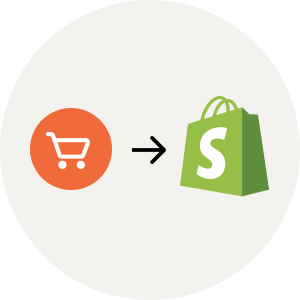
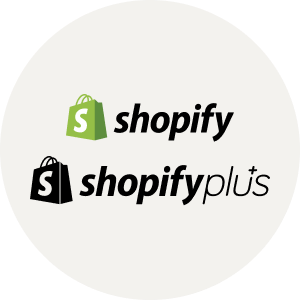
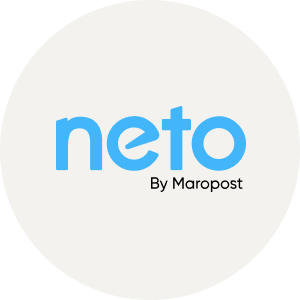
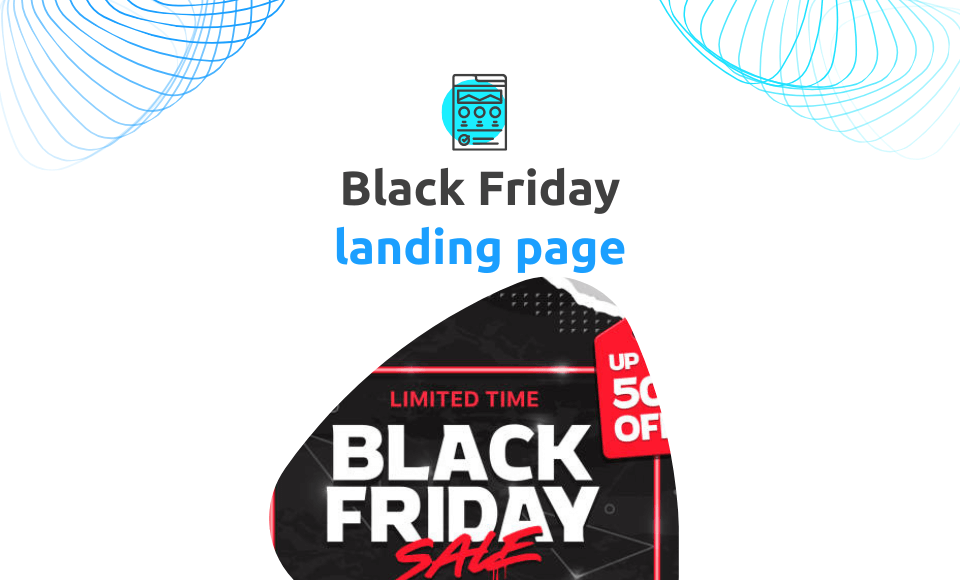
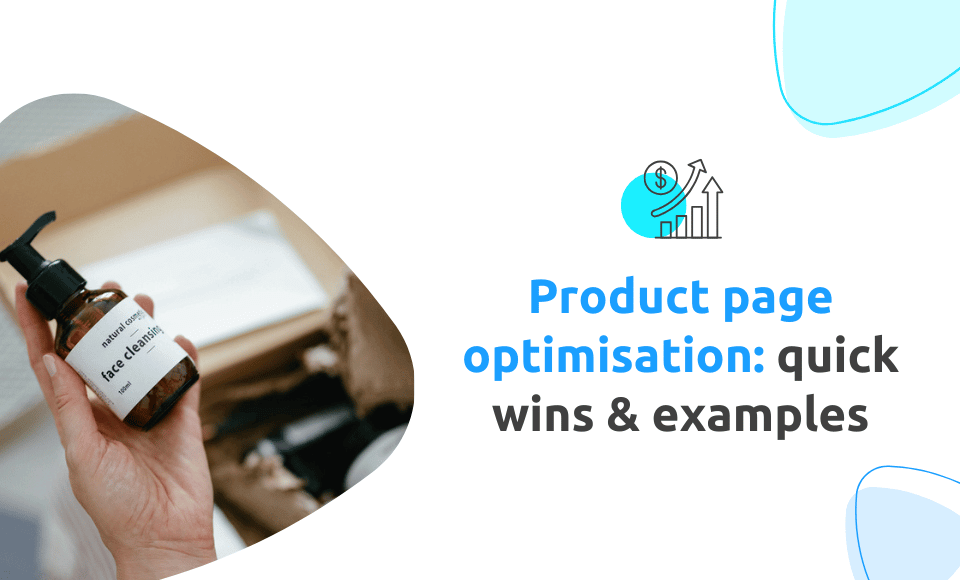
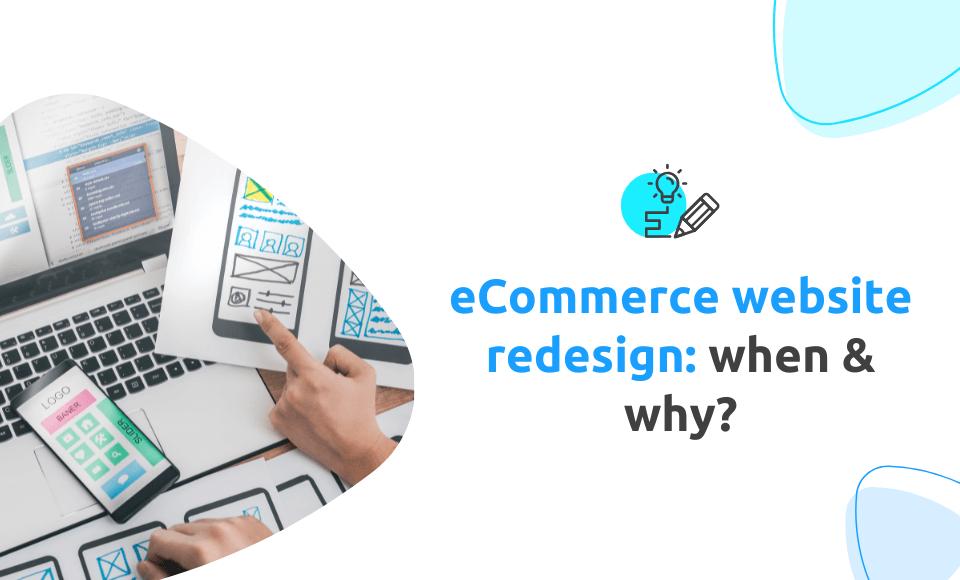
Leave a comment
This site is protected by hCaptcha and the hCaptcha Privacy Policy and Terms of Service apply.